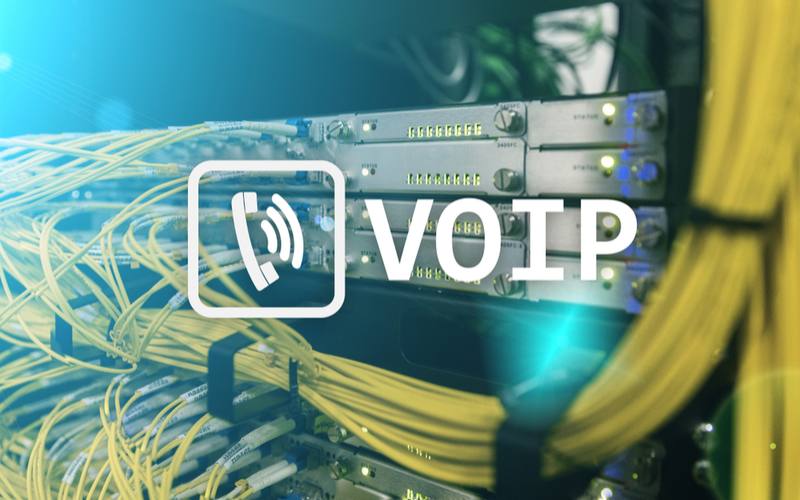
We do a lot of our work on the computer – either in our home office or in the office, but we still need our phones. For some tasks you only need a telephone connection, but that does not mean that you need a traditional telephone system.
Voice over IP (VoIP) is currently replacing traditional business telephone systems quickly. But fortunately, no matter what you’ve heard – VoIP is not complicated to use. Simply put, VoIP transforms basic audio (analog) signals into a digital signal that can be transmitted over the Internet over a broadband connection.
Advantages of hosted VoIP telephone systems include:
-
- Easy installation and configuration
- Easy maintenance
- Scalable to meet the needs of the business
- Supports various call functions / comfort functions
- Support of legacy systems
- Integration into existing business systems
- and VoIP numbers can take you anywhere
How does VoIP work?
Traditional (conventional) PBXs operate according to a 100-year-old method known as circuit-switching: when you make a call, a connection is made directly from your telephone to the person you are calling, for the duration of your call. Since the connection is maintained in both directions, it is characterized as a circuit – a reason why long distance calls were so expensive. They did not pay for the call, they paid to keep a continuous, double connection open and constant throughout the conversation, even in times of silence and when one person spoke and the other listened.
VoIP systems converts the analog signal of the traditional telephone system into a digital one and converts the “rushing bits” into data packets. To use VoIP, you only need a converter.
3 Types of VoIP devices
VoIP is currently used in a variety of ways, both in the home and business. For individuals, most calls are set up using one of three methods: analog telephone adapter (ATA), IP phones or computer to computer.
1. Analog Telephone Adapter
ATA is the most common way to make business VoIP calls. This will allow your existing phones to continue to be used. Just connect your phone to the adapter then connect your ATA to the internet. The ATA converts your phone’s analog signals into a digital signal, which is then sent over the Internet. A widespread device is eg a Fritz! Box.
2. IP Phones
If you look at an IP phone, you can not distinguish it from another phone. They look almost identical, with the same functions and buttons. The only real difference is the connection. Where traditional phones are connected to a telephone jack, IP phones have an Ethernet port so they can connect directly to your router. There is no software to install and you can bypass the PC.
3. Computer-to-Computer Calls
Computer-to-computer calls are the easiest way to connect via VoIP – and they are often free. Completely free, no fees, no billing, no paid fare. The only fee you pay when making such a call is your monthly Internet Service Provider bill. To make computer-to-computer calls, you need the VoIP software (which you can download for free from the Internet), a sound card, a microphone, speakers and an Internet connection – or a headset. Another advantage of computer-to-computer VoIP is that there is no limit to the number of calls you can make. Known software solutions include Skype (a part of Office 365 ), Starface or 3CX .
VoIP is not just for cheap calls. The flexibility of VoIP is that both businesses and individuals have the technology they need to survive in the ever-changing world of technology. Using the methods available, VoIP can be tailored to meet the needs of customers to simplify communication and enable businesses and individuals to communicate more effectively than ever before.
Bleuwire™ is a reliable VoIP Service Provider and offers VOIP solutions around the globe. Contact us today to learn how we can help your business?





